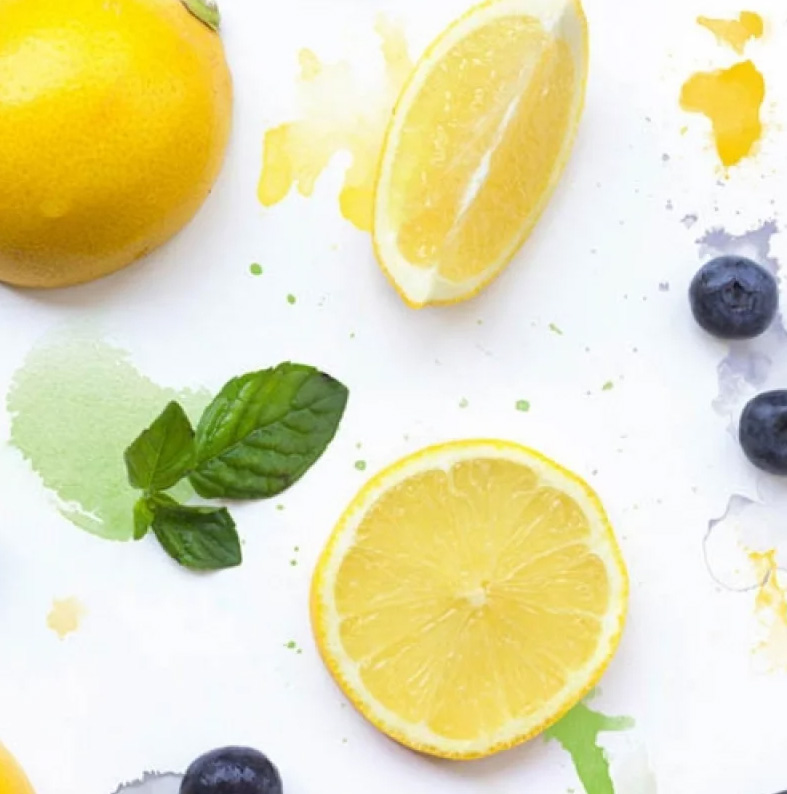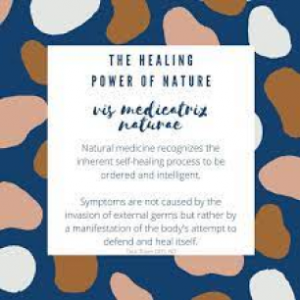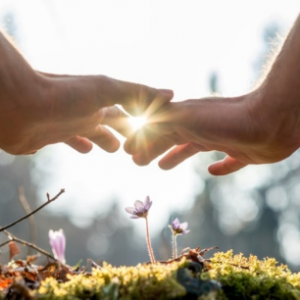The benefits and harms of whole foods are determined by the presence of fats, proteins, and of course vitamins, minerals, and antioxidants. It is these “magic” substances that can repel free radical attacks – the cause of various breakdowns within the body.
Free radicals are unstable molecules with one unpaired electron. They are produced inside the body in small amounts by phagocytes, during biosynthesis, by mitochondria (mini power plants of cells) but they also arrive from outside the body (sunlight, electromagnetic radiation, toxic food, etc.).
Free radicals act like a “magnet” – they look for and “cling” to the cell’s electron and trigger the oxidation process, which leads to cell death or damage to the mitochondria and envelopes.
Broken cells, in turn, can trigger a series of chain reactions, up to and including uncontrolled cancer cell division.
In general, the body can effectively cope with some amount of free radicals on its own, but when too many of them are present, one gets a number of bad diseases – hypertension, multiple sclerosis, diabetes, Alzheimer’s disease, infertility and of course, early aging.
Antioxidants know how to effectively fight the aggressive effects of free radicals and make up for the damage they cause.
And given that most of us live in big cities, don’t always watch our diet, rarely limit our use of gadgets, and are simply in constant “contact” with various electrical appliances, we all need antioxidants on a regular basis! A natural doctor can help you find the right diet for you.
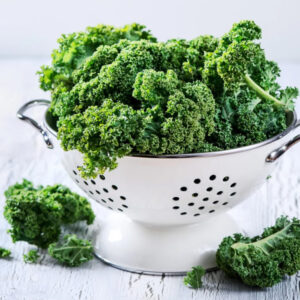
Ranking of antioxidants
How do you know which foods are healthier and which won’t cope with free radicals? The Nutrient Data Laboratory (USA) measures the amount of antioxidants in food and puts the data into the ORAC ranking. Nutritionists, nutritionists and endocrinologists use the ORAC table for dietary recommendations.
For example, according to the ORAC table, wild blueberries would be 9621 and garden blueberries 4669: How can you tell if that’s a lot or enough?
If you compare it to rosehip (96,145), it’s not much. But if rosehip is compared to oregano (175,295), then rosehip isn’t very rich either: it’s all about the availability of individual foods and their availability in your diet.
For example, astaxanthin (2,822,200), which is found in wild red fish, or triphala powder (706,250), has the highest ranking. It is almost impossible to get this maximum amount of astaxanthin from food, you will have to eat more than one kilogram of fish, but you should include it in your diet as often as possible.
Most oriental spices – cloves, cinnamon, turmeric, ginger, black pepper, nutmeg, vanilla and many herbs such as rosemary, mint, oregano, sage, thyme, parsley, marjoram – are extremely rich in antioxidants.
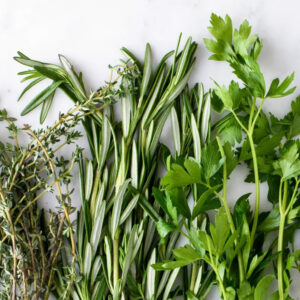
All in all, we can say that antioxidants are quite tasty foods.
Any dark coloured berries, the darker the colour of the berry, the more useful it is in fighting free radicals (wild blueberries, cherries, cranberries, blackberries, elderberries, açai, blackcurrants, eiderberries, honeysuckle, mulberries, dogwood), sugar-free bitter chocolate, cocoa, yellow sultanas, quality olive oil, dried pears and blueberries, artichokes – all these foods can easily be included and diversified in your daily diet.
High antioxidant support is needed by the body on a daily basis and is essential in times of illness or recovery.
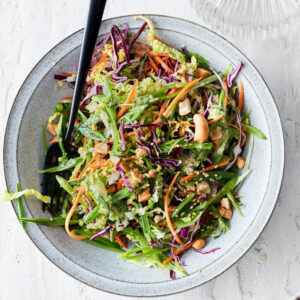
Antioxidant supplements, which provide support on a cellular level (under medical supervision!), can help:
- Reishi mushrooms – for immunity, allergies, autoimmune diseases;
- cordyceps – strong adaptogen, for vascular and immune function,
- Triphala – powerful digestive support, rejuvenates the body;
- bacopa – nootropic, stimulates and protects brain function;
- chaga – a strong anti-cancer agent;
- gotu kola – improves oxygen supply to organs, helps blood vessels.
We also have rose hips, barberry, cranberry, pomegranate, cayenne pepper, quince, persimmon and cranberry available to us all!

